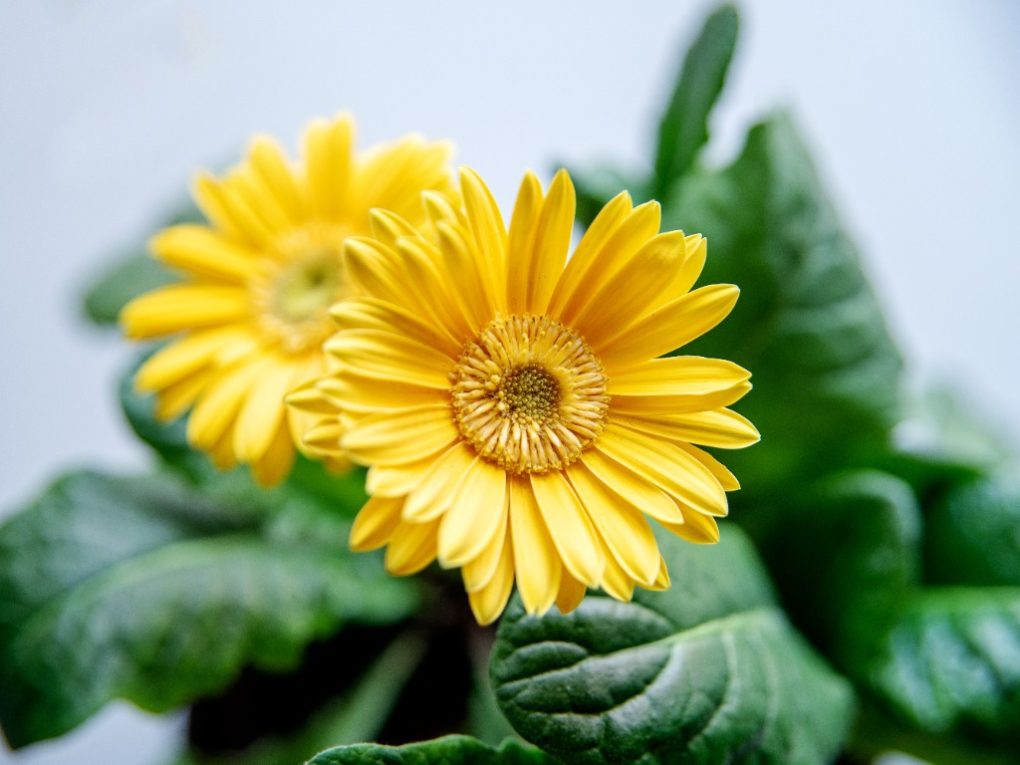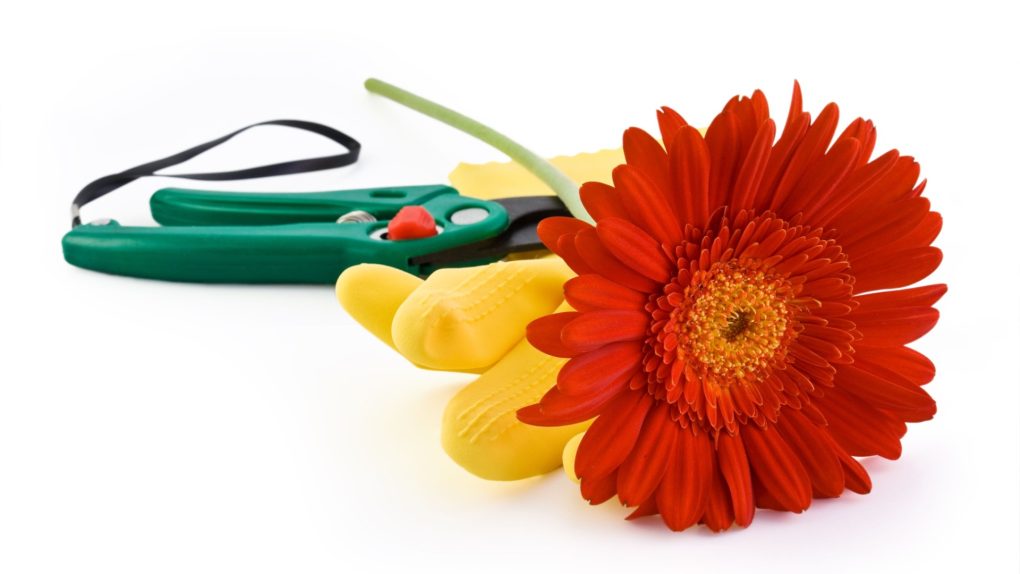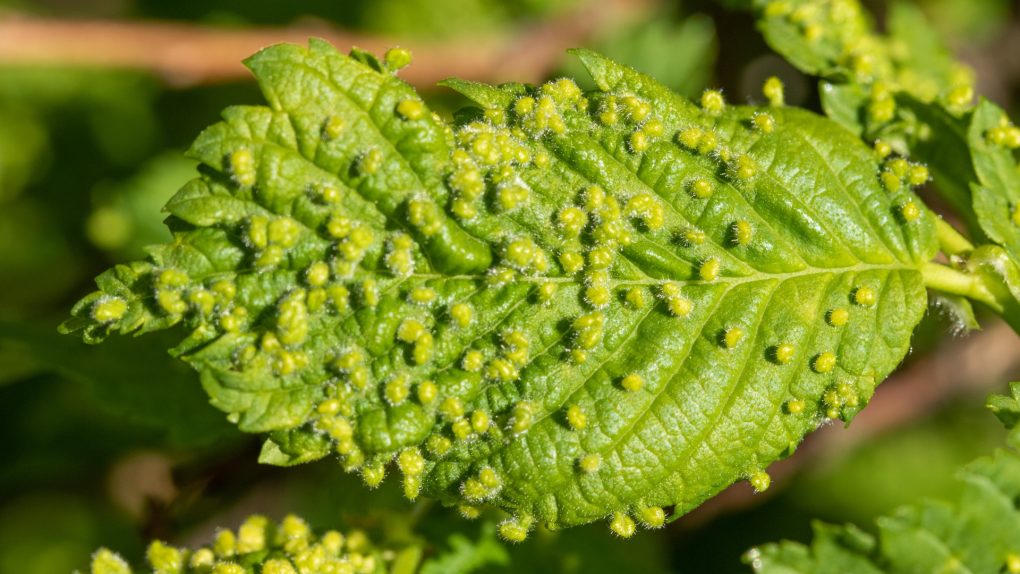Gerbera Daisy Indoor Care: Tips for Keeping Your Plants Healthy and Beautiful
Gerbera daisies, also known as Gerbera jamesonii, are a popular choice for indoor plants due to their bright, colorful blooms and easy-care requirements. These daisies are native to South Africa and come in various colors, including red, pink, yellow, and orange, and are also known to help purify the air, making them a great addition to any home.

Providing enough bright light is key when it comes to gerbera daisy indoor care. The plants need at least 3 to 5 hours of direct sunlight every day, preferably in the morning. They can also thrive under grow lights if natural light is unavailable. Watering is also important, as the top inch of soil should dry out before watering again. Overwatering can lead to root rot and other issues.
While gerbera daisies are relatively easy to care for, there are a few things to remember when growing them indoors. First, this article will cover everything you need to know about gerbera daisy indoor care, including lighting requirements, watering needs, and tips for keeping your plants healthy and thriving.
Table of Contents
Temperature and Humidity
Gerbera daisies prefer cool temperatures and moderate humidity levels. Gerbera daisies thrive in USDA hardiness zones 8 through 11, but in zone 8, they require winter protection. Most gardeners in this zone grow Gerbera daisies in pots as annuals. For optimal growth, the flowers require a cool winter temperature of around 45 to 50 degrees Fahrenheit, but not too cold..
When grown indoors, it is important to keep the temperature around 70 degrees Fahrenheit (~20 degrees Celsius) for best growth and blooming. It is also important to maintain moderate humidity levels, as these plants do not tolerate dry air well.
To increase humidity levels, you may want to try using a humidifier or placing a water tray near the plant. Misting the leaves with water can also be helpful, but make sure not to overwater the soil.
On the other hand, excessive humidity can lead to fungal issues and other problems. For example, ensure the plant has adequate air circulation to prevent stagnant air and consider using a fan or opening a window to promote ventilation.
Watering and Fertilizing
Proper watering and fertilizing are essential for the health and growth of gerbera daisies. This section will discuss the recommended watering and fertilizing frequency for indoor gerbera daisies.

Watering Frequency
Gerbera daisies require consistent moisture, but it is important not to overwater themIt’s important to avoid overwatering your plants as it can cause root rot and other problems. The frequency of watering should be determined by factors like temperature, humidity, and pot size. A good practice is to water the plant thoroughly whenever the top inch (2.5 cm) of soil is dry to the touch.
When watering, water the soil directly, avoiding the foliage and flowers. Watering the foliage and flowers can cause damage and increase the risk of diseases. After watering, allow the excess water to drain out of the pot to prevent the soil from becoming too soggy.
Fertilizing Frequency
Gerbera daisies are heavy feeders and require regular fertilizing to maintain healthy growth and bloom. The frequency of fertilizing will depend on the type of fertilizer used and the plant’s growth stage.
During the growing season (spring and summer), it is recommended to fertilize gerbera daisies every two weeks with a balanced fertilizer (10-10-10 or 20-20-20). During the dormant season (fall and winter), fertilizing can be reduced to once a month.
When fertilizing, follow the manufacturer’s instructions and avoid over-fertilizing, which can cause fertilizer burn and damage the plant.
It is crucial to properly water and fertilize indoor gerbera daisies for the health and growth of indoor gerbera daisies. Following the recommended watering and fertilizing frequency can help your plant thrive and produce beautiful blooms.
Pruning and Maintenance
Gerbera daisies are relatively low-maintenance plants that require little pruning. However, regular maintenance is important to keep them healthy and promote blooming. This section will cover two main sub-sections: deadheading and cleaning leaves.

Deadheading
The process of deadheading involves removing spent blooms from the plant. This helps to promote new growth and prolong blooming. To deadhead a gerbera daisy, pinch off the spent bloom with your fingers or use scissors or pruning shears. Be sure to cut just above the stem, preserving a small portion of it.
A regular deadheading schedule should be followed throughout the blooming season. Deadheading the plant before the blooms wilt and die off naturally is best. This will help to prevent the plant from wasting energy on producing seeds and instead focus on producing new blooms.
Cleaning Leaves
Keeping the leaves of a gerbera daisy clean is important for preventing disease and promoting healthy growth. Dust and debris can accumulate on the leaves, blocking sunlight and reducing the plant’s ability to photosynthesize. This can lead to weak growth and poor blooming.
To clean the gerbera daisy leaves, wipe them gently with a damp cloth or sponge. Be sure to avoid getting water on the blooms, which can cause them to rot. It is also important to avoid harsh chemicals and cleaners that can damage leaves and harm the plant.
Regularly cleaning a gerbera daisy’s leaves can help prevent pests and diseases from taking hold. If you notice any signs of pests or disease, such as yellowing or wilting leaves, it is important to take action immediately to prevent further damage to the plant.
Pest and Disease Control
Gerbera daisies are prone to pests and diseases, but you can keep them healthy and beautiful with proper care and monitoring. Here are tips to help you control pests and diseases:
Pests
Aphids, whiteflies, spider mites, and thrips are common pests that can attack Gerbera daisy leaves. They are attracted to stressed plants, so it’s important to keep your plants healthy and monitor them regularly for signs of trouble. Here are some ways to control pests:
● Use insecticidal soap or neem oil to control pests.
● Dispose of any leaves that are infected.
● Avoid over-fertilizing, as this can attract pests.

Diseases
Gerbera daisies can be susceptible to fungal diseases like powdery mildew and leaf spot. Here are some ways to control diseases:
● Avoid overhead watering, as this promotes fungal growth.
● Water at the base of the plant to keep the leaves dry.
● Ensure good air circulation around the plant.
● Remove infected leaves and dispose of them.
● Use fungicides if necessary, following the instructions carefully.
Following these tips and monitoring your Gerbera daisies regularly can keep them healthy and free from pests and diseases.
